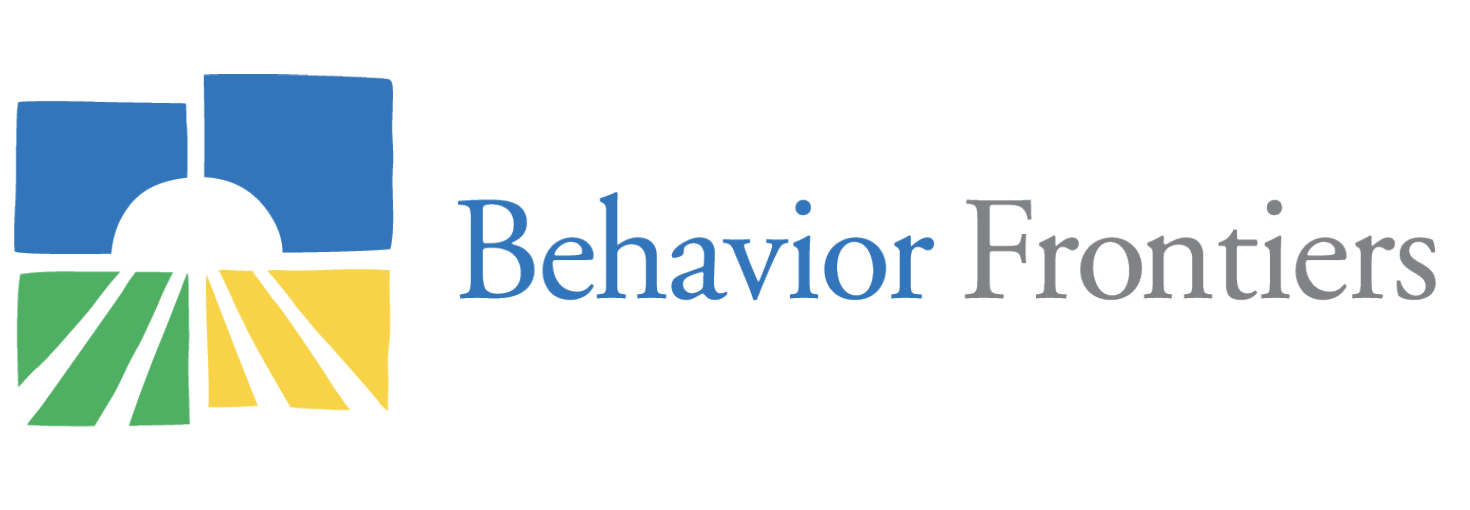How Can I Help? Your Role in Your Child's ABA Program
As ABA practitioners, our job is to not only treat children with autism, but also to educate and empower their parents (and caregivers) and families. Therefore, when developing a comprehensive ABA program, one critical factor is that of parent involvement. Particularly, parent carryover of skills learned with the ABA therapy team to the everyday routine.
As parents and caregivers, you will get as much out of ABA as you put in. Because there are sources that fail to effectively explain all components of ABA therapy to families, parents often underestimate the importance of their part in implementing it. They mistakenly assume ABA therapy sessions alone will result in meaningful, long-term behavior change.
To put this assumption in perspective, assume a child receives two hours of ABA therapy per day and their team is working on following directions. This means there are about twelve additional waking hours during which everything the treatment team taught could be undone, or, twelve hours during which the skill could be reinforced and solidified.
It’s not that parents don’t want to use these hours to work with their child, it’s that they’re not sure what they should be doing. It is the job of the treatment team to teach and guide parents in how to carryover learned skills. This is where parent training comes in.
In ABA, parent training is a broad term that refers to any teaching, coaching, feedback, education, and support that empowers parents to be involved in their child’s treatment in an effective and meaningful way. Parent training can be formal or informal but must be tailored to each individual family.
Below are some parent training tips that will help you add value to your child’s ABA therapy program.
Your treatment team is your guide. Ask for what you need. If you want more information about a particular topic, ask for it. Play an active role in the development of the treatment plan, your child’s goals, parent training goals, and strategies. Goals are guided by assessments but must be important and meaningful to you and your family. If your ABA team doesn’t give it to you right away, ask for specific “homework”, such as one skill per week to focus on during your routine. Sometimes it helps to have things in writing.
Two of your important jobs are maintenance (i.e., retaining learned skills over time) and generalization (i.e., ensuring learned skills translate to all situations). The key is to create as many opportunities to demonstrate learned skills as possible. For maintenance, it helps to keep a list of the things your child has learned on your refrigerator as a reminder to continue practicing. For generalization, it’s important to focus on practicing these skills in different settings, with different people, and with a variety of materials as applicable. Naturally occurring opportunities are best, but sometimes they don’t come up as much as we’d like. When this happens, you must contrive opportunities. For example, if your child is working on vocally requesting crackers at snack time, give just one cracker at a time, and require your child to ask for each one. You’ve then created ten opportunities to say “cracker” instead of one.
ABA is a data-driven science, so it helps to have as much information as possible. Since your treatment team is not physically with you all the time, you can contribute to the efficacy of your child’s program immensely by providing information that your team wouldn’t otherwise know. Talk with your team to determine which behaviors to track and how to collect that data. If you like structured forms, your team could make you a simple data sheet to print out. If you prefer to take short notes on your phone, that works too.
We share a common goal, to support your child in living a fulfilling and independent life, and we’re committed to achieving it together.
Jessica Baldwin, M.S.Ed, BCBA, LBS
Clinical Director, Philadelphia, PA
Tuesday, August 4, 2020

